
Relay is a technology that’s very opinionated, structured, and it ensures that you’re using your GraphQL server in the correct way.
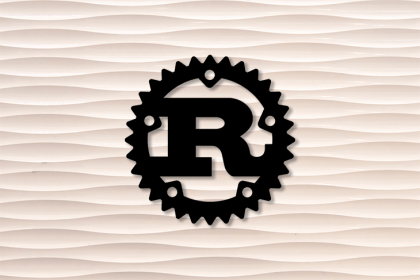
Despite some concerns around runtime compatibility, async Rust is in a great place. Tokio and async-std are both general-purpose async runtimes that provide async alternatives to standard library types.
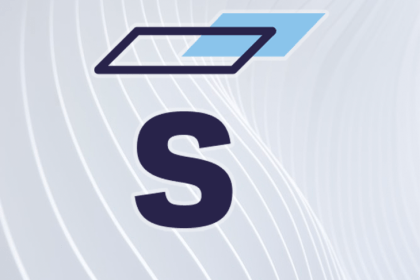
Set up an easy-to-use e-commerce store with GraphQL’s Saleor.io headless solution.
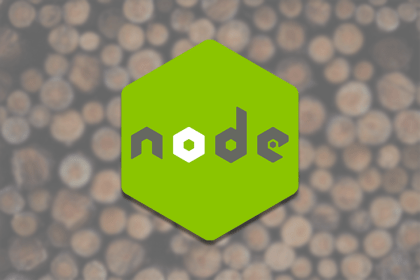
By themselves, log messages can only tell you so much. Learn how to add crucial context to your log messages in Node.js.
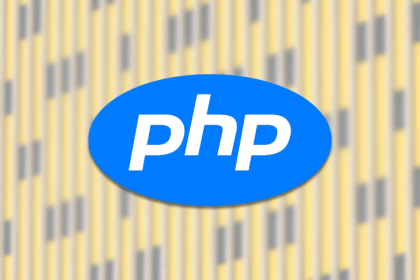
PHP developers want to have access to the latest features of the language, but for various reasons, they may not […]
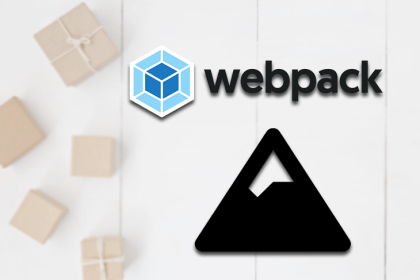
Here’s a brief comparison between webpack and Snowpack and a step-by-step guide to getting started with Snowpack.
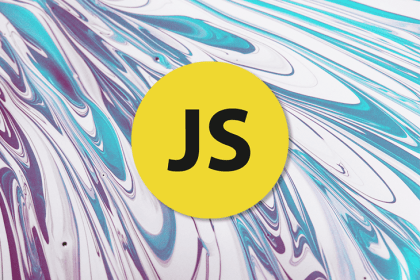
We explain both client and server render and demonstrate how to include a serverless framework that you can later deploy to your preferred cloud service.
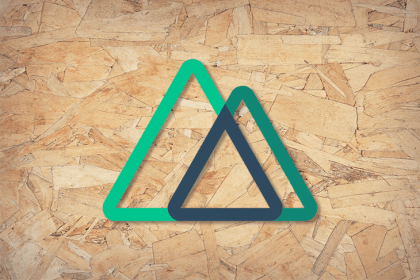
Nowadays, you don’t need to know about managing servers to build and ship an application. That’s what serverless is all about.
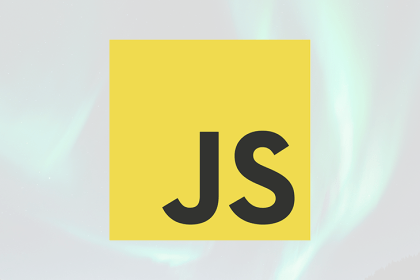
In this article, we’ll learn what asynchronous JavaScript is and how to write asynchronous JavaScript using promises and async/await.
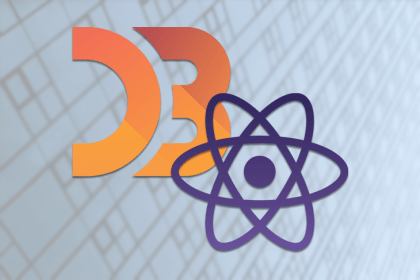
Version 6 is the most recent D3.js release. Learn how you can use it to create charts and manipulate graphics in your React apps.

In this tutorial, we’ll go over the new Vue 3 Teleport feature and also demonstrate an example use case with a modal.
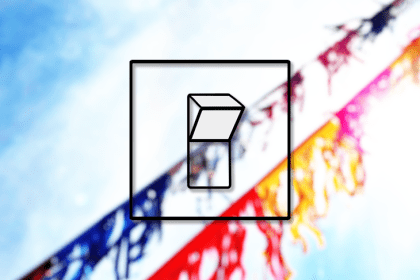
When used appropriately, feature flags can eliminate much of the stress associated with launching a new release of your application.